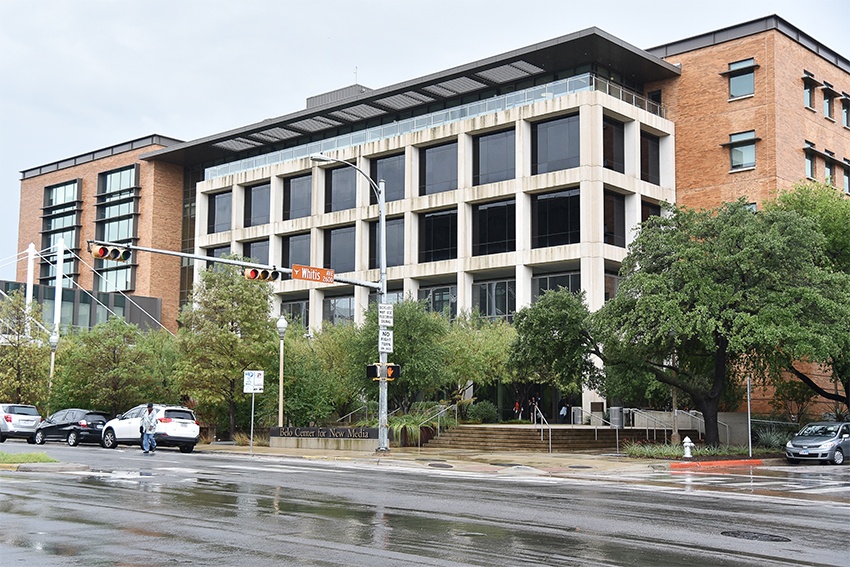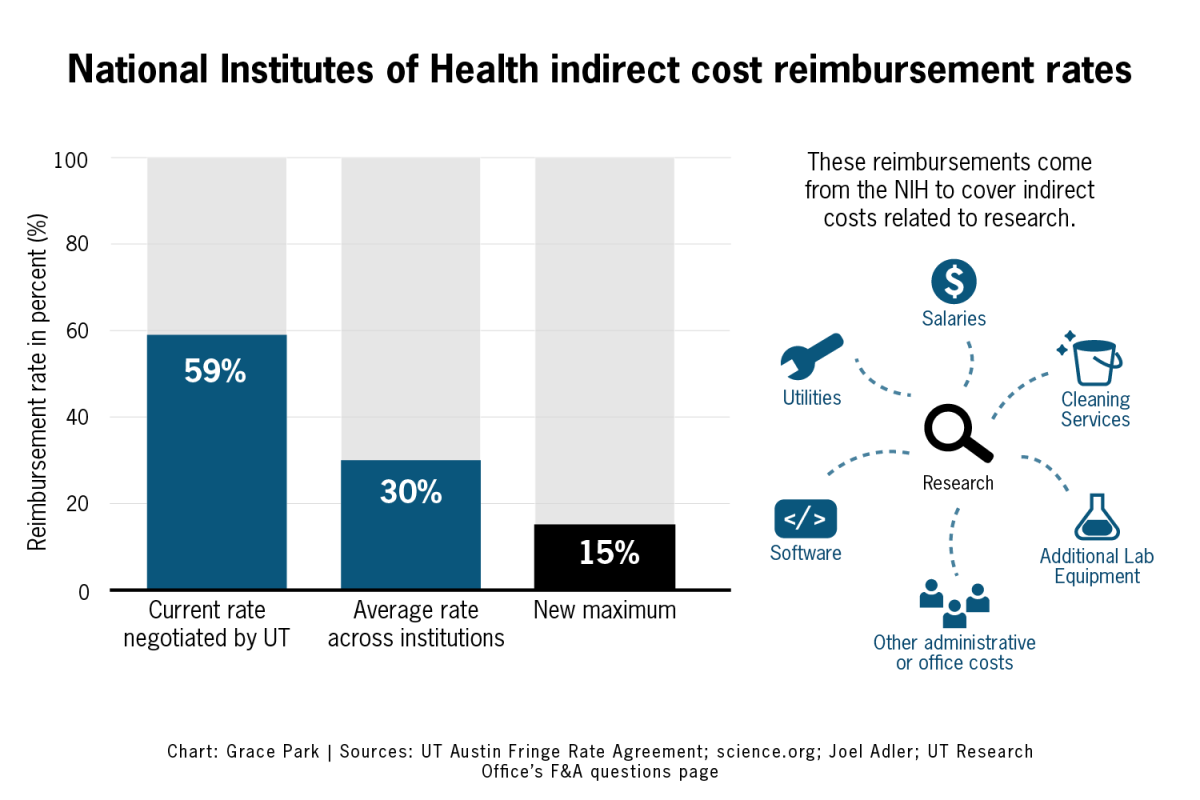In an effort to complete the construction of the Dell Medical School on time for the school’s first class of medical students in July 2016, UT officials said the University will complete multiple construction projects simultaneously.
Construction of the medical school will begin in mid-March and is projected to cost $334 million. While Seton Healthcare Family will build a teaching hospital on the site of University Medical Center Brackenridge, UT System spokeswoman Karen Adler said the University’s first phase of construction includes a research building, an education and administrative building, a medical office building and a parking garage.
Adler said the construction of the four buildings and landscaping are scheduled to be completed by May 2016. Adler said Red River Street will undergo extensive construction, which will result in the road’s closure between 15th Street and the Frank Erwin Center.
“Red River likely will be closed by the end of the spring semester to accommodate the utility work and realignment,” Adler said.
To minimize disruption, University officials plan to close the road after the spring semester ends in May until the end of December, according to Stephen Harris, director of facilities
initiatives at the System Office of Facilities Planning and Construction.
Harris said before construction can begin, workers must move the existing facilities, including a parking lot and the tennis center, to new locations.
“The first phase of the real construction involves rerouting Austin utilities and installing University utilities down through the Red River corridor,” Harris said.
A significant challenge in the project involves the complexity of constructing buildings simultaneously, Harris said.
“We’re talking about 22 or 23 acres [that] are going to all be under construction at once,” Harris said. “A lot of times in design, the process is linear. In the short schedule, a lot has to be done at once.”
Harris said the University plans to minimize inconvenience to pedestrians, but he said some restrictions in the area are unavoidable.
“A lot of people park in those state garages,” Harris said. “It’s going to be very difficult, if not impossible, to walk through Centennial Park.”
According to Harris, the University’s master plan establishes that any newly constructed buildings must be certified by the Leadership in Energy and Environmental Design, a federal agency that aims to encourage the construction of buildings that minimize environmental waste.
“We’re definitely committed to the sustainable initiatives,” Harris said. “The University will create a real sense of place on the street, create focus for pedestrian traffic and create an iconic design element there.”
Brina Bui, Plan II and biology junior, said she thinks medical students can benefit from a well-designed environment that not only fosters learning but also allows for relaxation.
“I think that, for me personally, being outside is a stress-reliever,” Bui said. “I feel like if [the University] found a way to incorporate nature with the structure and making things more open — I think med school is stressful enough without being confined to a single room.”



















